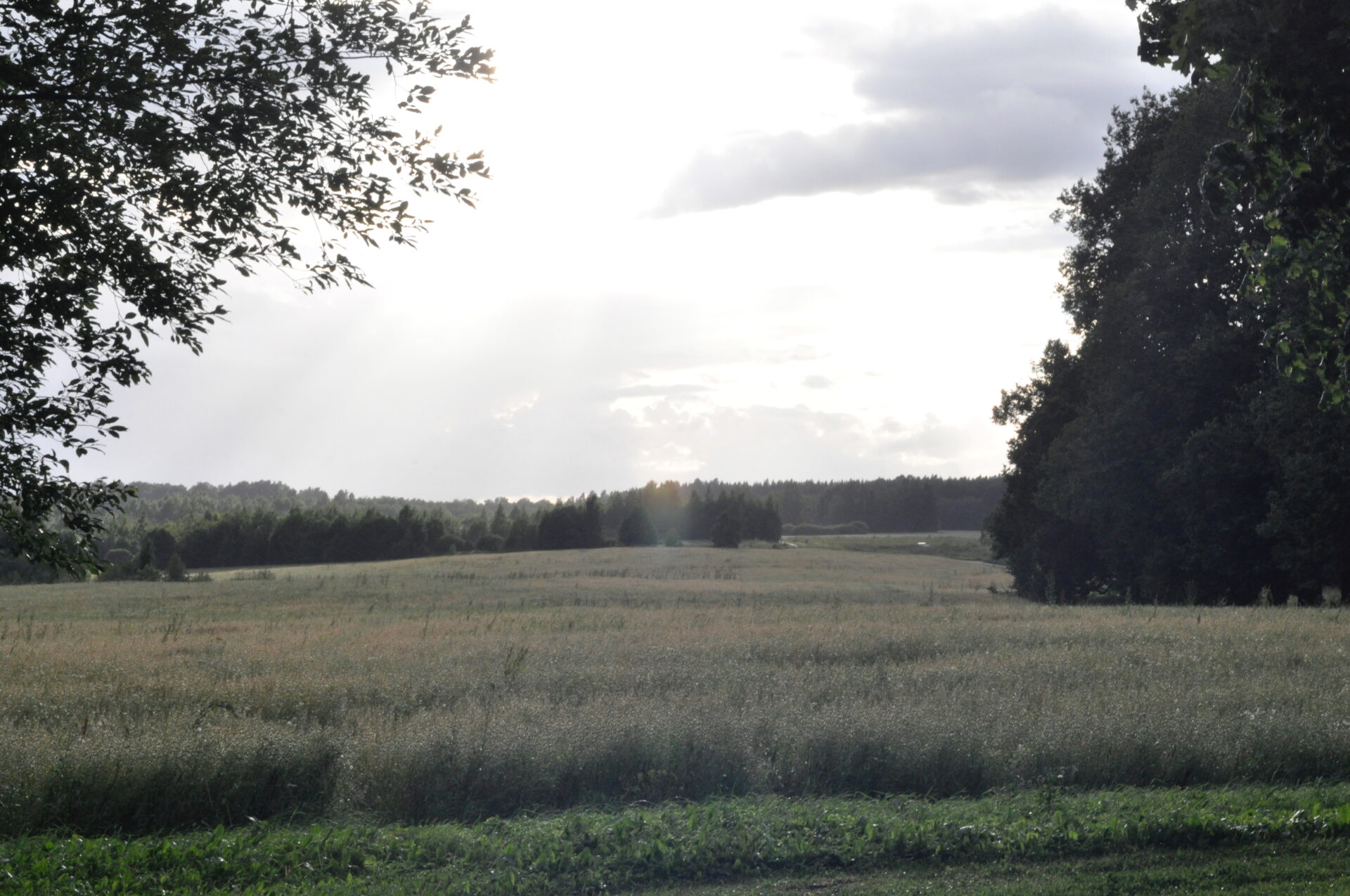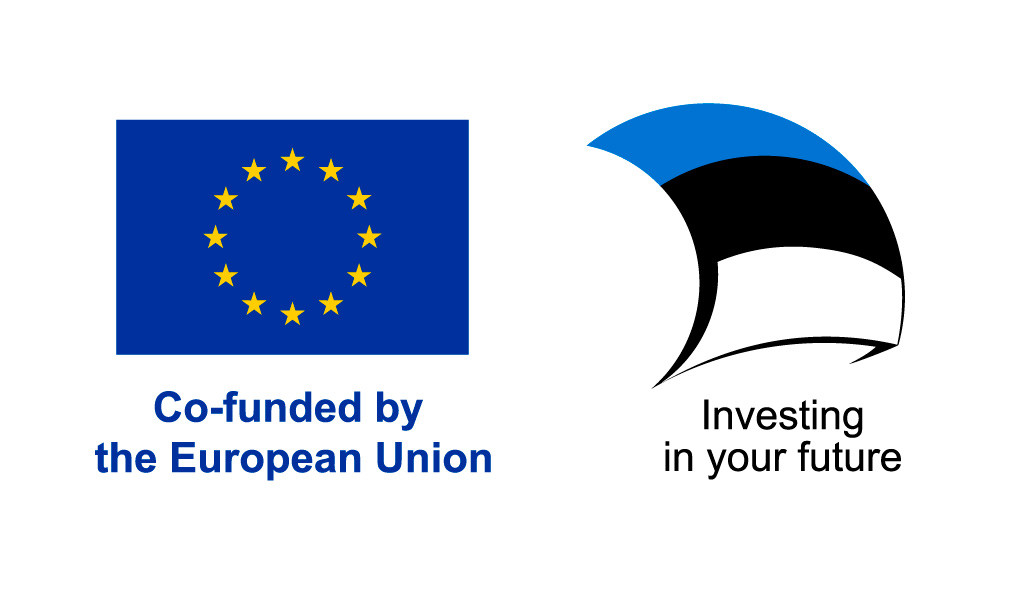- Home
- Circulars
- Programme
- Programme scheme
- Plenary talks
- Book of Abstracts
- List of symposia
- Symposium A.1: Power imbalance and hierarchies in Finno-Ugric studies
- Symposium A.2: Shifting and competing ideologies in minority language development and language maintenance
- Round-table: Finno-Ugric Studies meeting the People
- Symposium B.1: Prehistoric lexical layers in Saami and Finnic
- Symposium B.2: Perspectives on Saami with a particular focus on the smaller languages
- Symposium B.3: South Estonian within and beyond Uralic studies
- Symposium B.4: The size of Uralic nominals
- Symposium B.5: Verbalization of motion events in Uralic
- Symposium B.6: Grammatical Subjects and Objects in Uralic
- Symposium B.7: Clause combining in Uralic languages
- Symposium B.8: Epistemic categories in Uralic and beyond
- Symposium B.9: Discourse particles in the Uralic languages
- Symposium B.10: Marginal phonemes
- Symposium B.11: Prosody of Uralic languages
- Symposium B.12: Building diachronic corpora for minority languages
- Symposium C.1: Reappraising Public Representations of Finno-Ugric Identities
- Symposium C.2: The Possibilities of Studying Finno-Ugric Religions in a Changing World
- Symposium C.3: The winter in Finno-Ugric cultures
- Symposium C.4: Traditional Creation and Modern Experience in Folk Music Revival
- Symposium D.1: Transdisciplinary approach in the studies of the human past
- List of accepted papers
- Receptions
- Book presentations
- Venues
- Excursions
- Guided city walks
- Guided tour through the Estonian Literary Museum
- Introducing the University of Tartu Archives of Estonian Dialects and Kindred Languages (FULLY BOOKED)
- Excursion to Setomaa (FULLY BOOKED)
- Barge trip on the river Emajõgi (FULLY BOOKED)
- Guided tour to the Tartu KGB Cells Museum (CANCELLED)
- Guided tour to the A. le Coq Beer Museum
- Practical information
- About CIFU
- Appeal for South Estonian
- Gallery

Congressus XIV Internationalis Fenno-Ugristarum
Symposium B.1: Prehistoric lexical layers in Saami and Finnic
Organizers: Santeri Junttila (University of Helsinki), Ante Aikio (University of Oulu), Juha Kuokkala (University of Helsinki), Markus Juutinen (University of Oulu)
In etymological studies of Saami and Finnic languages, early loanwords and other old elements of the lexicon have for long been objects of active and intensive study. As a result, a quite clear overall picture has emerged of layering and chronology of vocabulary in these two mutually fairly close branches of Uralic. Even so, much work remains to be done on details, as well as on integrating the various results into a comprehensive account of prehistoric language contact at the western end of the Uralic language family.
The aim of this symposium is to discuss the relationships of prehistoric Saami and Finnic languages both with each other and with neighbouring languages in light of lexical evidence. The main topics are the prehistoric language contacts involving Saami and Finnic languages in the area stretching from the Baltic Sea to the Arctic Ocean; this includes mutual contacts between the two branches, as well as their contacts with neighbouring Germanic, Baltic and Slavic languages and extinct languages of unknown genetic affiliation. In addition, the symposium will also discuss shared patterns of word-formation in Saami and Finnic, which likewise clarify the relationship between the two branches and help to assess the possibility of reconstructing a distinct ‘Finno-Saamic’ intermediate proto-language.
Studies on the Germanic and Baltic loanwords in Saami and Finnic also shed light on the prehistory of the source languages themselves. For example, Aikio (2020) has presented etymological evidence suggesting that Saami languages were once in contact with prehistoric North Germanic languages which seem not to have been direct ancestors of attested Nordic languages, but instead their sister languages or dialects which have subsequently gone extinct. The topic calls for further study. Presentations from scholars working on Baltic or Germanic (and, especially, North Germanic) etymology are thus also warmly welcomed in the symposium.
Especially in the study of Germanic loanwords, there have rarely been any systematic attempts to identify the source forms of loanwords – i.e., to solve which actual inflected forms have served as sources of borrowing. It appears, however, that general patterns regarding source forms can provide very useful criteria for the dating and stratification of borrowings, and further research on the topic is therefore highly needed.
During recent years a much more detailed picture regarding the dating and stratification of loanwords in Saami and Finnic has started to emerge. These results allow more reliable reconstructions of the context of borrowing, and thus create possibilities for new comparisons and correlations between linguistic and archaeological findings. Therefore, presentations dealing with the archaeological interpretation of etymological results are also most welcome.
References
Luobbal Sámmol Sámmol Ánte (Aikio, Ante). 2020. “Loanwords from unattested Nordic source forms in Saami”. Finnisch-Ugrische Forschungen 65. 5–24. https://doi.org/10.33339/fuf.87404
Contact person: Santeri Junttila santeri.junttila@helsinki.fi



